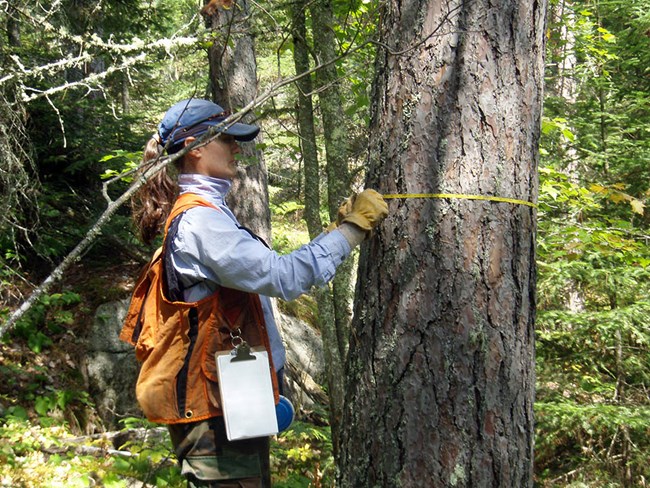
NPS
Forest vegetation is the foundation of the terrestrial food web. It not only drives other aspects of the terrestrial ecosystem, but can also reflect the health of the larger ecosystem. By monitoring forest health, we also learn about climate, soils, and disturbance, as well as the effects of browsing and exotic species invasion. Characteristics of forest health can also help us understand dynamics of various wildlife species.
Long-term Monitoring
Forests are the dominant vegetation type in the Great Lakes Network national parks, so this protocol focuses on forested communities. Because of the strong ties between forest and ecosystem health, this also helps us understand the impacts of forest pests and pathogens, white-tailed deer, and changes in patterns of natural disturbance, such as more intense wind storms or fire suppression.
Our partners:
Last updated: August 12, 2024
